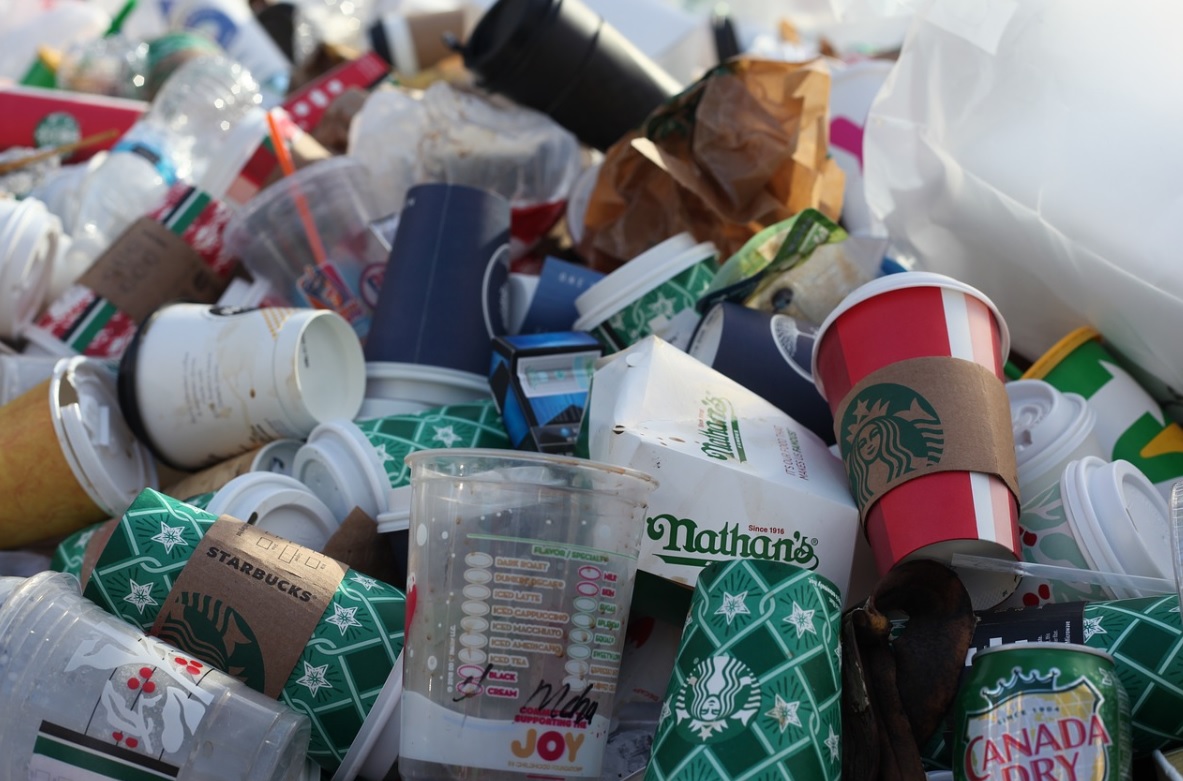World Bank approves US$250M loan to help reduce plastic pollution in China’s Shaanxi
Marine plastic pollution is a growing threat to the world’s oceans, with serious consequences for eco-systems, human health and livelihoods.

The World Bank’s Board of Executive Directors today approved a US$250 million IBRD loan to help reduce plastic pollution from municipal solid waste and agricultural plastic film in rural areas of China’s Shaanxi Province, and improve provincial plastic waste management with potential lessons for the national level.
Marine plastic pollution is a growing threat to the world’s oceans, with serious consequences for eco-systems, human health and livelihoods. Globally, 80 percent of marine plastics is estimated to come from unmanaged or poorly managed municipal solid waste as a result of improper waste management operations, infrastructure and systems. China contributes to ocean plastic waste pollution mainly through discharge of municipal solid waste from rural areas. Up to half of the municipal solid waste in rural China is not treated and remains in the environment. In addition, the country has the largest agricultural area under plastic film in the world and approximately one-third of it remains in the soil after use.
Shaanxi Province, located within both the Yellow and Yangtze River watersheds, has a higher percentage of municipal solid waste left in the environment than most provinces in China. Most of the ground agricultural plastic film in the province is not collected and treated. Municipal solid waste is also a contributor to greenhouse gas (GHG) emissions, accounting for some 5 percent of global emissions.
The Plastic Waste Reduction Project (Shaanxi) will support China’s effort to improve plastic waste management, reduce plastic pollution as well as GHG emissions, strengthen provincial regulations and institutional capacities, and establish models for urban-rural integration in waste management. The experience gained through this project is expected to be replicated and inform reforms and practices in other provinces as well as further policy work at the national level.
“This innovative project targets plastic pollution in rural China. By focusing on integrated systems for planning, financing, treatment facility development, stakeholder engagement and performance evaluation, the project will bring international practices and demonstrate a scalable approach toward the transformation of waste management in rural China.” said Mara Warwick, World Bank Country Director for China, Mongolia and Korea. “The expected outcomes—reduced leakage of plastic waste to the environment, increased collection and treatment of waste, and the introduction of novel approaches in management systems—will have demonstration effects beyond Shaanxi.”
The project will be led and implemented by the Shaanxi Development and Reform Commission and bring together relevant national agencies for consultations. It will build on and leverage the work under the China Plastic Waste Reduction Project approved in June 2021 that includes measures to support policy strengthening led by the National Development and Reform Commission and investments in pollution reduction and resource efficiency mainly in the urban areas of Ningbo and Chongqing.
The project is in line with the World Bank’s Country Partnership Framework (CPF) for China for FY2020 to 2025, which aims to help China address its development challenges, particularly in areas relating to global public goods, such as environmentally sustainable growth.
- READ MORE ON:
- World Bank
- Shaanxi
- plastic pollution
- greenhouse gas
ALSO READ
Malaysia's long-term growth depends on improving early education: World Bank report
World Bank approves $105.98M package for Moldova Rural Connectivity Project
African leaders seek record World Bank financing to combat climate change
World Bank chief expects rich nations to meet African donation requests
Lao economic growth remains controlled: World Bank Report










